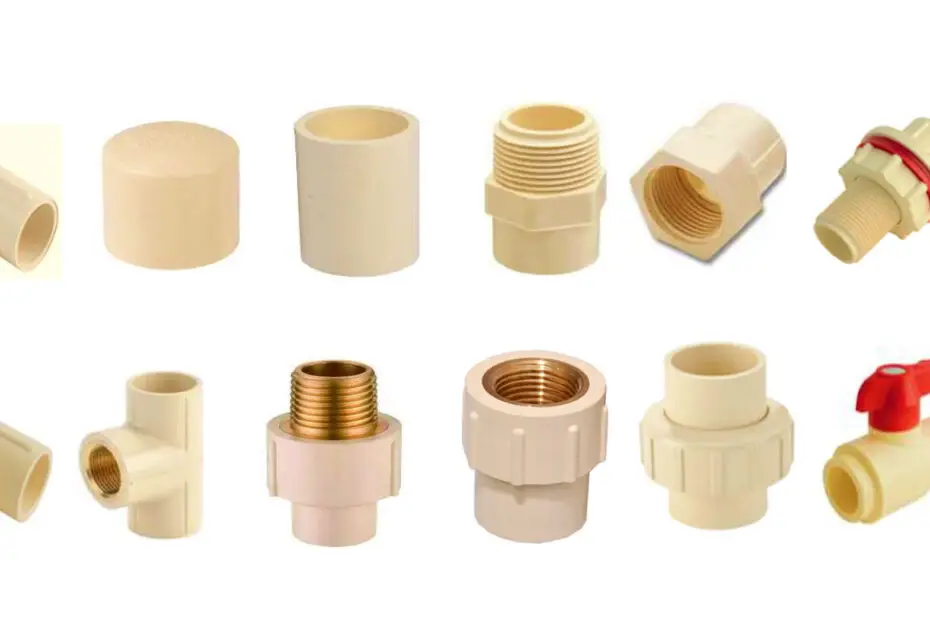When it comes to plumbing solutions, CPVC (Chlorinated Polyvinyl Chloride) pipes and fittings have gained immense popularity. These pipes are widely used in residential, commercial, and industrial plumbing due to their durability, corrosion resistance, and easy installation. If you’re planning a new project, understanding CPVC pipes and fittings will help you make a well-informed choice.
What Are CPVC Pipes & Fittings?
CPVC pipes are made from thermoplastic material that undergoes a special chlorination process, enhancing their heat and chemical resistance. This makes CPVC pipes ideal for hot and cold water distribution. The fittings, designed for secure connections, come in various shapes and sizes to accommodate different plumbing layouts.
Corrosion Resistance – CPVC pipes do not rust, corrode, or degrade, ensuring a long-lasting plumbing system.
✅ High Temperature Tolerance – They can withstand temperatures up to 200°F (93°C), making them suitable for hot water applications.
✅ Smooth Flow & Low Maintenance – Their smooth inner surface prevents scaling and reduces maintenance costs.
✅ Easy & Quick Installation – Lightweight and easy to cut, CPVC pipes can be joined using solvent cement, requiring no advanced tools.
✅ Cost-Effective & Durable – These pipes offer an excellent lifespan of over 50 years with minimal maintenance.
Common Applications of CPVC Pipes
- Residential Plumbing – Used for hot and cold water systems in homes.
- Commercial Buildings – Perfect for hotels, hospitals, and office complexes requiring efficient plumbing solutions.
- Industrial Use – Resistant to chemicals, making them ideal for chemical processing plants.
Fire Sprinkler Systems – CPVC pipes are widely used in fire protection systems due to their flame-retardant properties.
How to Install CPVC Pipes & Fittings?
1️⃣ Measure and Cut with Precision – Use a pipe cutter for a clean, square cut.
2️⃣ Deburr & Smooth the Edges – This prevents improper fitting and ensures leak-proof connections.
3️⃣ Use the Right Solvent Cement – Apply a CPVC-compatible solvent cement for secure bonding.
4️⃣ Allow Proper Curing Time – Wait for the recommended drying time before turning on the water supply.
5️⃣ Avoid Over-Tightening – Hand-tighten fittings and apply minimal force to prevent damage.
Why Choose CPVC Pipes Over Other Materials?
CPVC vs. PVC – CPVC pipes can handle hot water applications, whereas PVC pipes are only for cold water.
CPVC vs. Copper – CPVC is more affordable, corrosion-resistant, and easier to install compared to copper pipes.
CPVC vs. PEX – CPVC is rigid and more durable than PEX, making it ideal for long-term plumbing solutions.
Frequently Asked Questions (FAQs)
❓ Are CPVC pipes better than PVC pipes?
✔️ Yes, CPVC pipes are better for hot water applications due to their high-temperature tolerance.
❓ Can CPVC pipes be used for drinking water?
✔️ Absolutely! CPVC pipes are non-toxic and safe for potable water systems.
❓ How long do CPVC pipes last?
✔️ With proper installation, CPVC pipes can last over 50 years.
For more expert insights and tips on plumbing solutions, stay tuned !



